The Regenerative Therapies (Anatomy) Lab at the University of Galway, led by Professor Garry Duffy is a multidisciplinary team with backgrounds in anatomy, medical device design, chemistry, and engineering. This team has numerous research and industrial collaborations, engaged in developing advanced therapeutics for a range of chronic diseases such as diabetes, heart failure.
Our Green Lab Challenge
Our laboratory, like many other third level research institutions across the world, is a large contributor to plastic waste. With our research specifically geared towards cell culture and device design, both of which use large amounts of plastic, we aim to make a change by reducing the plastic waste accumulated in our lab. Furthermore, we wanted to assess our lab’s operations to highlight additional shortcomings, to thereby facilitate our transition towards a more environmentally sustainable and efficient research group. We hope that by making changes within our group, we can inspire neighbouring research groups to follow this positive change towards becoming a greener institute.
The Regenerative Therapies Anatomy Lab took up the challenge of becoming Green Lab certified by forming a foundational Green Labs team across our different research laboratories to help identify areas of improvement in our lab.
Our Green Lab Action Plan
Plastic Discovery: Our first goal as part of the Green Labs was to measure our waste baseline and identify the primary products contributing to this waste. Within each lab, we recorded the volume of waste disposed of through the refuge bin over a one-week period. The waste across each lab was then accumulated to create our baseline.
Results: We discovered that, on average, we accumulated 1.6 kg of recyclable plastic and approximately 3 kg of recyclable cardboard per week. Both the high-quality plastic and cardboard were being disposed of through the refuse bin instead of a recycling bin.
Action: We researched the waste disposal practices and companies linked to our university and obtained a list of high quality plastic accepted in their recycling bins. We cross-referenced each of these high-quality plastics against the stock materials we use in the lab (including falcon tubes, tips, medical-device plastic etc.). We created a checklist, which we pinned beside a new recycling bin, outlining the types of recyclable plastic and cardboard. On average, our lab is now saving 84 kg of plastic waste and 156 kg of cardboard per year from being disposed of through a refuge bin, which would ultimately end up in landfill.
Styrofoam Waste: As part of our chemistry and cell culture practices, many stock items we receive are temperature specific and are delivered in Styrofoam containers. Upon realising the volume of containers used across our labs, we became aware of the need for more appropriate disposal measures instead of leaving them for refuge waste.
Results: After measuring the volume of Styrofoam containers over a month-long period, we were irresponsibly disposing between 2-10 Styrofoam containers (Image 1).
Action: Through the Green Labs community established in the University of Galway, we were able to reach out to other labs who would make use of Styrofoam containers. We found a research group which would use the containers for their own transportation of stock, so these boxes are now recycled instead of being left for refuge waste.
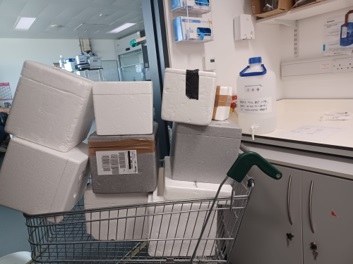
Image 1: Styrofoam collected across a monthly within the Duffy Lab
Energy Output: We listed each machine, device and equipment which was constantly plugged in and recorded the energy outputs generated on an hourly basis using a Power Meter Plug-in Machine. From this, we could identify which machines had high energy level outputs and re-evaluated whether they needed to be constantly turned on.
Results: We discovered that the centrifuges, magnetic plates, and water baths across our labs had the highest energy level output, with an accumulative daily energy level of 0.74 kW/h (Table 1). These were constantly running, resulting in an annual accumulation of 270 kW/h. The energy generated by this equipment, even when not in use, could power a small house for 3 weeks (Based off ESB Estimated Electrical Usage Report).
Action: We labelled individual devices and equipment with guidance stickers to help save energy. Our stickers indicated whether equipment had to be switched off following an experiment/procedure, turned off at the end of the day, or turned off after a single use. By raising awareness within our lab about wasted energy and using stickers to remind members which equipment needs to be kept on/off, we were able to reduce out energy consumption by 60% (270 kW/h to 90 kW/h).
Table 1: Summary of energy consumption from labs equipment 
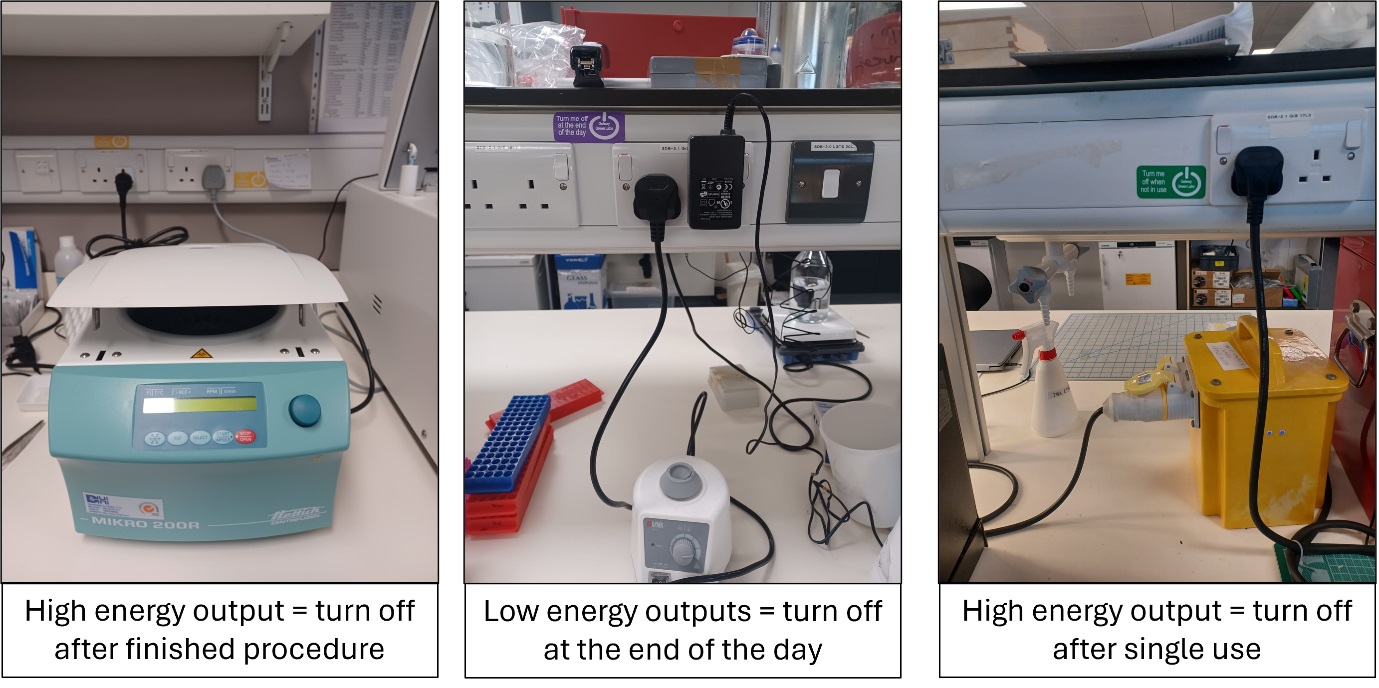
Image 2: Stickers reminding lab members how to save energy across each of the equipment used in the Duffy Lab. Turn off after procedure stickers were associated with equipment/machines used very frequently within an experimental procedure, and so should be switched off at the end of an experiment. Turn off at the end of the day stickers were associated with low energy equipment/machines which are used constantly during the working day. Turn off after single use stickers would be associated with equipment/machines which would have a longer time period between use during an experimental procedure and so should be switched off after each use.
Certification Success
As of February 2024, we are delighted to say that we have achieved Green Labs standards. The Duffy Lab identified shortcomings in our daily experimental research and implemented positive changes to improve energy efficiency and recycling practices. The Human Biology Building within the University of Galway was built to incorporate economical and modern energy saving features setting a high standard as a green-efficient building. In alignment with the HBB building standards, and the University ethos, the Regenerative Therapies Anatomy Lab was committed to establish Green Lab practices, echoing the sustainability efforts of both our building and other Green Labs within the University. Following our Green Labs approval, we hope to encourage neighbouring labs to start the Green Labs process. We are eager to provide assistance by sharing our challenges and experiences encountered during the journey to achieve Green Lab standards.
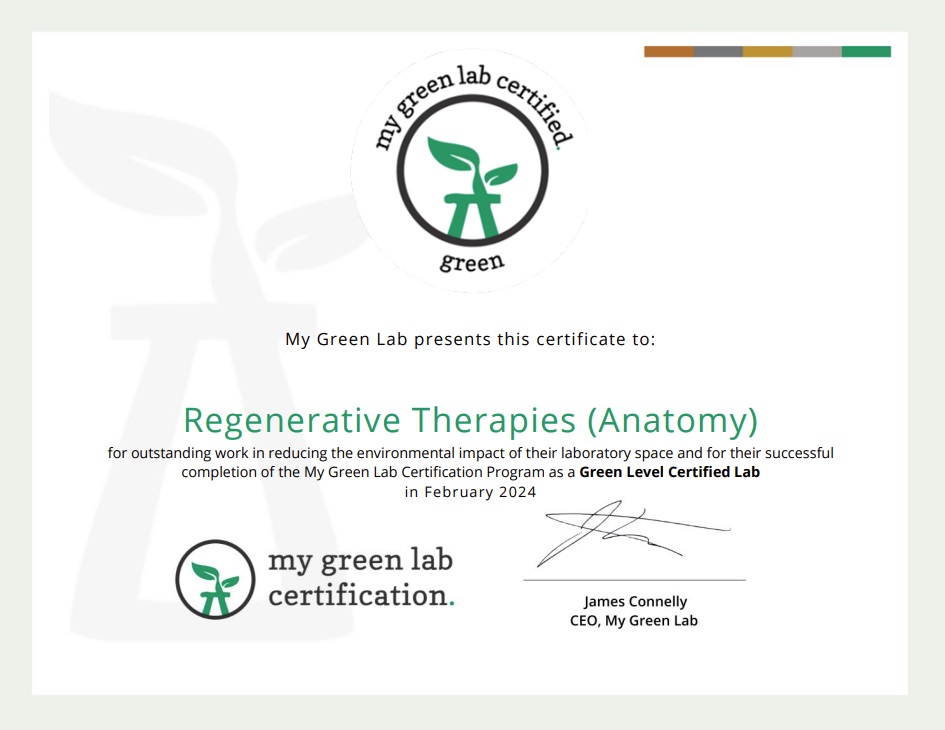
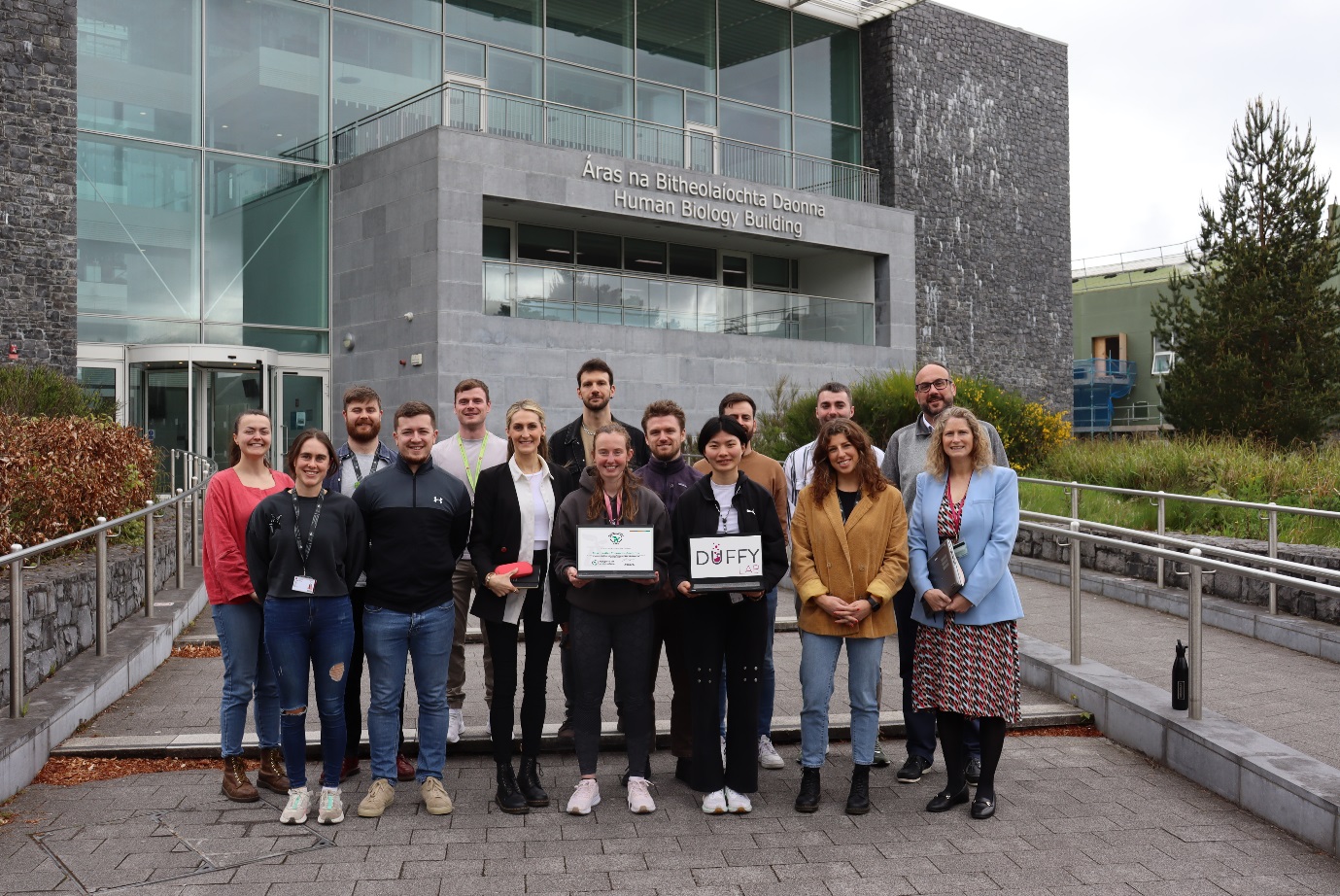
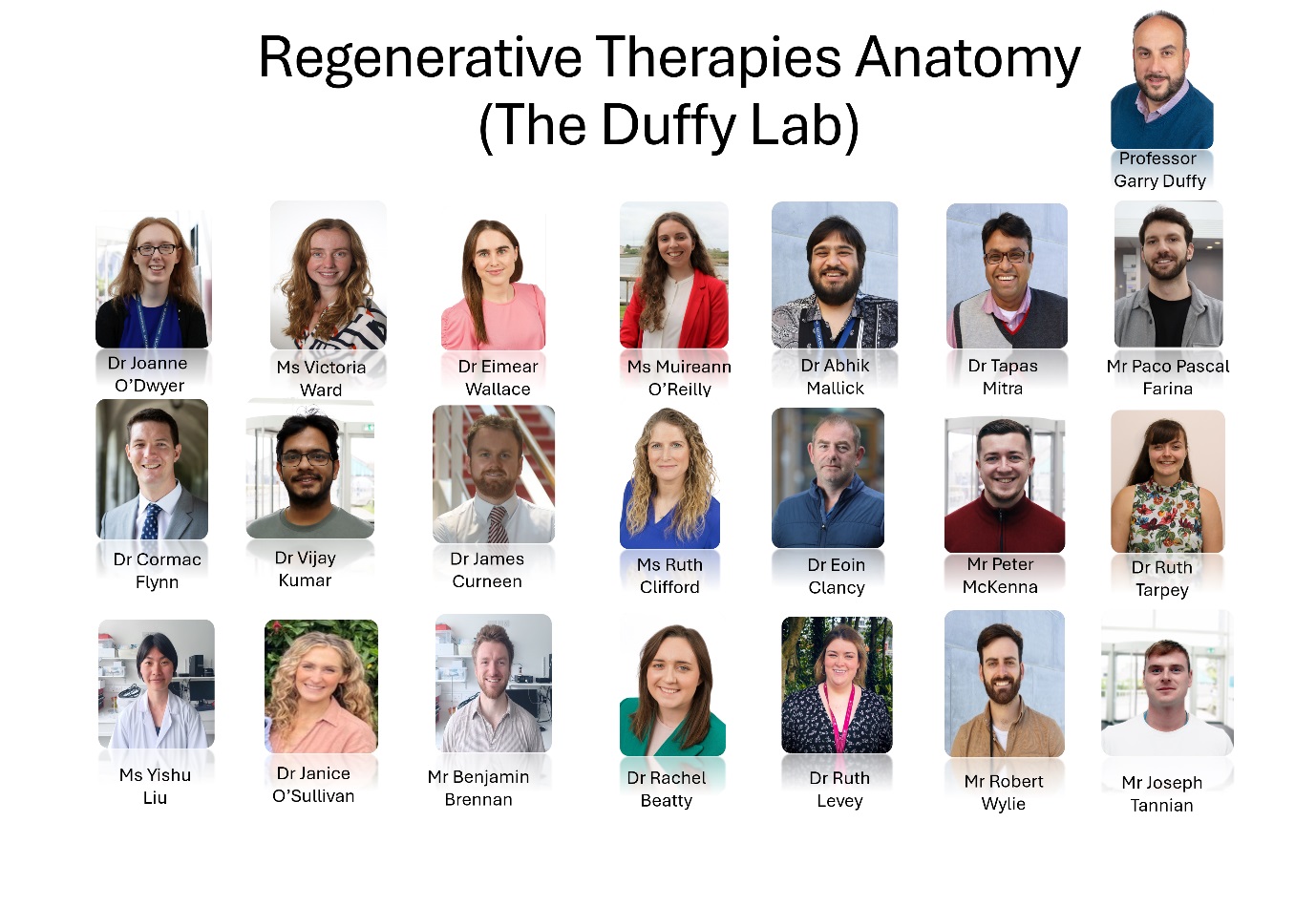
Green Labs Team
